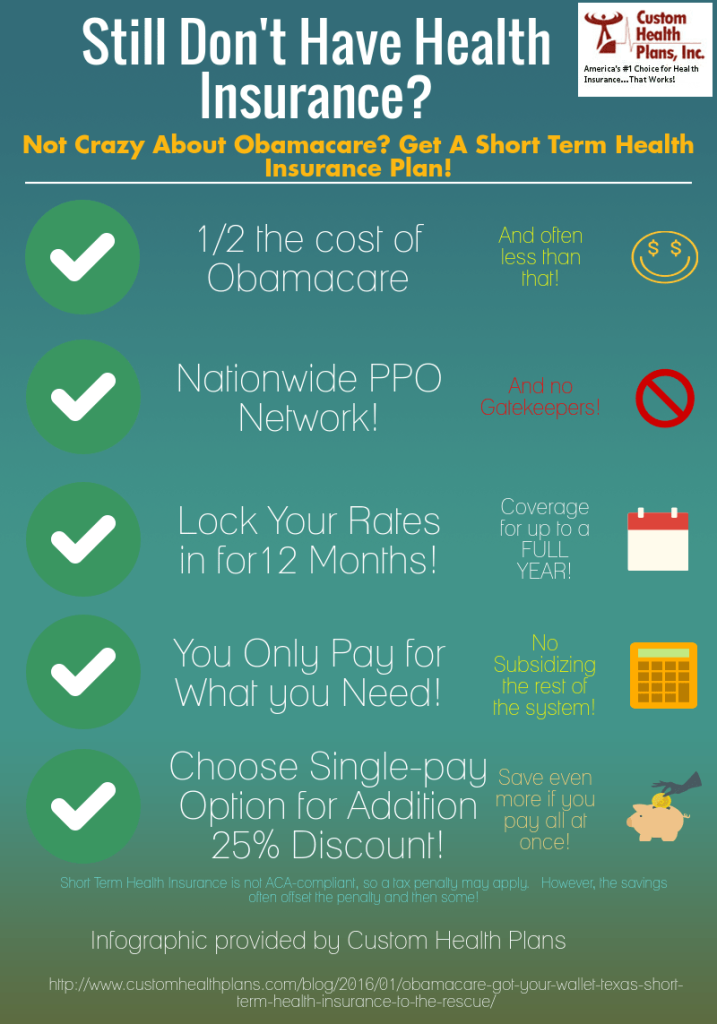More About Medicare Advantage Agent
Table of ContentsSome Ideas on Medicare Advantage Agent You Need To Know4 Simple Techniques For Medicare Advantage AgentAll about Medicare Advantage Agent
.png)
follows from perplexing the relatively young age account of the uninsured with the better health and wellness, usually, of younger individuals. This covers the link in between health and wellness status and medical insurance. For those without access to workplace medical insurance, inadequate health and wellness is a possible barrier to acquiring nongroup coverage since such coverage may be very priced, omit pre-existing conditions, or be just inaccessible. The number of uninsured Americans is not specifically large and has not transformed in recent times. 7 out of 10 participants in a country wide depictive survey believed that less Americans did not have medical insurance than in fact do(Fronstin, 1998). Roughly half(47 percent )believed that the number of individuals without medical insurance decreased or stayed consistent over the last half of the last decade(Blendon et al., 1999). This drop of practically 2 million in the variety of individuals 'without insurance coverage (a decrease
of about 4 percent)is absolutely a positive change. With a softer economy in 2000 the most up to date reported gains in insurance coverage may not continue(Fronstin, 2001 ). The decline in the number of uninsured will not proceed if the economic climate continues to be slow-moving and healthcare costs remain to outpace inflation. This is since the data were gathered for a duration of strong economic performance. Of the estimated 42 million individuals that were without insurance, almost concerning 420,000(concerning 1 percent)were under 65 years old, the age at which most Americans become eligible for Medicare; 32 million were grownups in between ages 18 and 65, around 19 percent of all adults in this age; and 10 million were kids under 18 years of age, about 13.9 percent of all children (Mills, 2000). These price quotes of the variety of individuals uninsured are generated from the annual March Supplement to the Current Population Survey (CPS), carried out by the Census Bureau. Unless otherwise kept in mind, nationwide quotes of people without medical insurance and proportions of the populace with various type of protection are based upon the CPS, one of the most extensively used resource of price quotes of insurance protection and uninsurance rates. These surveys and the quotes they produce are described briefly in Table B. 1 in Appendix B - Medicare Advantage Agent. These studies differ in size and tasting techniques, the inquiries that are asked about insurance coverage
Unknown Facts About Medicare Advantage Agent
coverage, and the time period over which insurance policy coverage or uninsurance is gauged(Lewis et al., 1998, Fronstin, 2000a ). Still, the CPS is particularly beneficial because it generates annual quotes relatively swiftly, reporting the previous year's insurance coverage approximates each September, and since it is the basis for a consistent collection of price quotes for more than two decades, permitting analysis of fads in protection over time.

The Ultimate Guide To Medicare Advantage Agent
Over a three-year period starting early in 1993, 72 million people, 29 percent of the united state population, lacked protection for at least one month. Within a single year(1994), 53 million individuals experienced at the very least a month without protection(Bennefield, 1998a). 6 out of every ten without insurance adults are themselves employed. Although working does boost the probability that and one's household members will certainly have insurance coverage, it is not an assurance. Also members of households with 2 full-time breadwinner have almost a one-in-ten opportunity of being without insurance (9.1 percent without insurance rate)(Hoffman and Pohl, 2000 ). The connection between medical insurance and accessibility to care is well developed, as recorded later in this phase. Although the relationship in between medical insurance and health and wellness results is neither direct nor simple, a considerable professional and health services research study literature web links health and wellness insurance coverage
to enhanced access to care, better high quality, and enhanced personal and population wellness condition. For example, the 2nd report, on personal health and wellness results for without insurance adults, is stood for by the inner circle of the number, while the third record, on family members health, incorporates the subjects of the 2nd record yet stresses a different device of analysis, specifically, the household. The 6th record in the collection will certainly offer info regarding techniques and initiatives undertaken in your area, statewide, or across the country to resolve the absence of insurance coverage and its negative effects. Levels of evaluation for checking out the impacts of uninsurance. This conversation of health and wellness insurance protection concentrates largely on the united state populace under age 65 due to the fact that essentially all Americans 65 and older have Medicare or other public insurance coverage.
It concentrates particularly on those without any type of health and wellness insurance policy for any type of size of time. The issues dealt with by the underinsured are in some aspects similar to those dealt with by the uninsured, although they are typically less serious. Uninsurance and underinsurance, however, involve definitely different policy issues, and the strategies for resolving them might vary. Throughout this research study and the five reports to adhere to, the major emphasis is on persons without wellness insurance and therefore no help in spending for healthcare beyond what is offered through charity and security internet institutions. Medical insurance is an effective variable impacting receipt of treatment since both clients and physicians react to the out-of-pocket cost of services. Medical insurance, however, is neither necessary neither sufficient to obtain accessibility to medical solutions. see this site Nevertheless, the independent and straight impact of health
insurance policy coverage on accessibility to health solutions is well established. Others will get the health and wellness care they need also without medical insurance, by paying for it expense or seeking it from suppliers that offer care complimentary or at highly subsidized prices. For still others, health insurance policy alone does not make sure invoice of care due to various other nonfinancial barriers, such as an absence of healthcare carriers in their community, restricted accessibility to transportation, illiteracy, or linguistic and social distinctions. Formal research study concerning without insurance populations in the United States dates to the late 1920s and very early 1930s when the Board on the Cost of Healthcare created a collection of records regarding funding physician office brows through and hospitalizations. This issue ended up being significant as the varieties of clinically indigent climbed during the Great Anxiety. Empirical research studies continually sustain the web link in between access to care and improved health results(Bindman et al., 1995; Starfield, 1995 ). Having a routine resource of treatment can be taken into consideration a forecaster of access, as opposed to a direct step of it, when health and wellness end results are themselves made use of as accessibility indications. This expansion of the concept of gain access to dimension was made by the IOM Committee on Keeping An Eye On Gain Access To to Personal Wellness Treatment Solutions(Millman, 1993, p. Whether parents are insured appears to impact whether or not their children receive treatment along with just how much careeven if the youngsters themselves have protection(Hanson, 1998). The health and wellness of parents can affect their ability to care for their children and the degree of family members anxiety. Bothering with their children's access to care is itself a resource of anxiety for moms and dads. Three phases adhere to in this report. Chapter 2 provides a review of exactly how employment-based health insurance, public programs and specific insurance coverage run and engage to helpful resources offer extensive yet insufficient coverage of the united state population. This includes a testimonial of historic patterns and public laws impacting both public and private insurance, a conversation of the interactions amongst the different sorts of insurance policy, and an assessment of why people relocate from one program to another or wind up
